(VHQN) - Visiting Tam Ky City today, tourists will encounter something special: many ancient villages are still intact, located close to the city. In the silence of the city, you can still hear the sound of roosters crowing at the end of the night, and the pounding of fishing boats on the river...
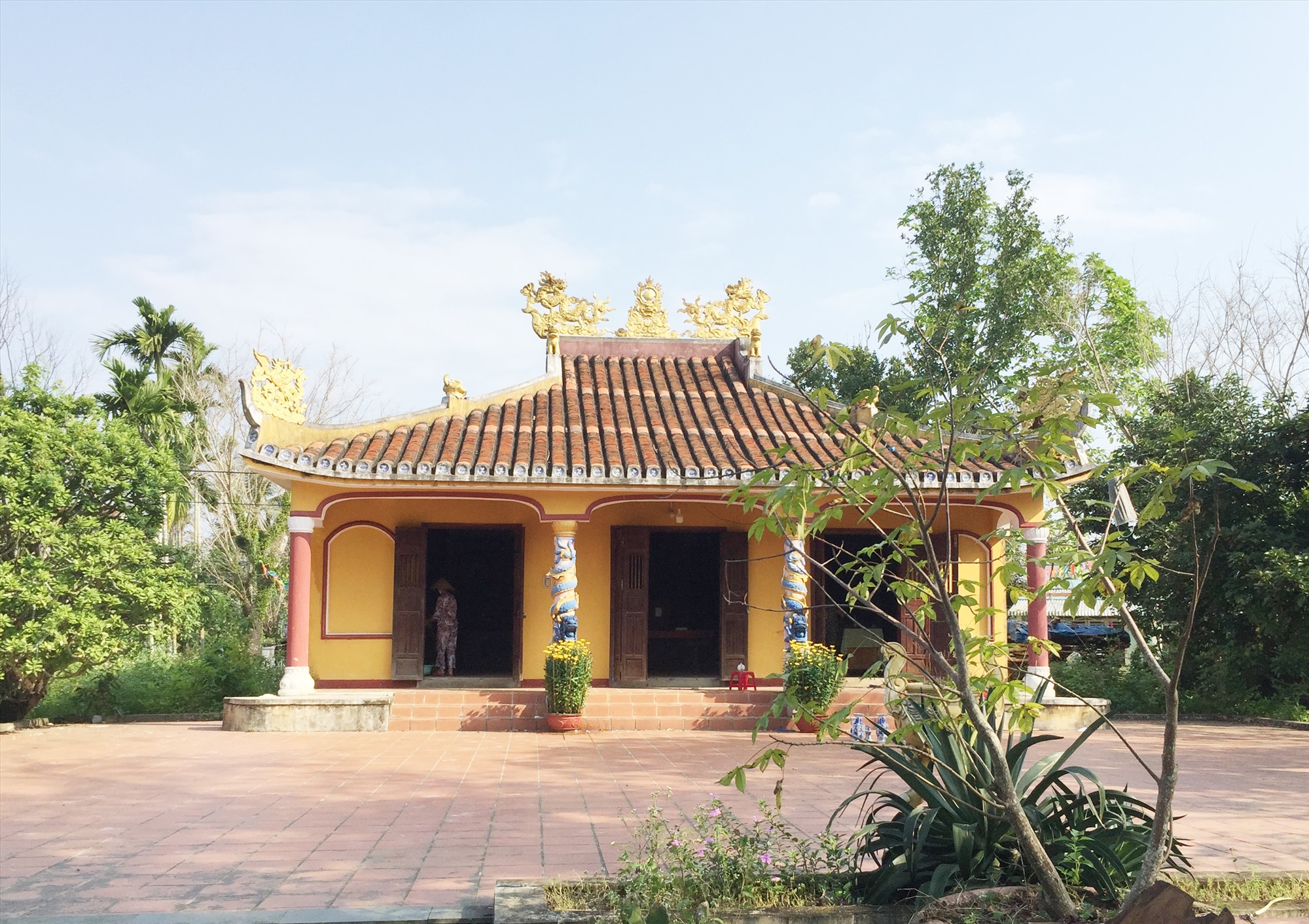
Some people compare Tam Ky to a city of river branches and streams; that is true, because in the past, Tam Ky River, Truong Giang River (Phuoc Yen), Ban Thach River (Phuoc Xuyen) were recorded in history books and the Da Stream (Thach Tuyen), Nga Ba Stream flowing through An Son, Phuoc Hoa, Hoa Thuan, Tan Thanh wards of the inner city were clearly recorded in land registers.
The nine wards and three communes of Tam Ky City today are the change of boundaries and place names from 27 ancient villages and communes belonging to Chien Dan and Phu Quy communes of Ha Dong district, Tam Ky prefecture in the early 20th century.
When Tam Ky gradually became urbanized from the French colonial period and gradually expanded to the beginning of the 21st century, most of the areas of the villages of Tam Ky, Tu Ban, Truong Xuan, Ngoc Tho, Dong Yen, My Thach, Doan Trai, Phuong Hoa, in the past, became central urban areas. However, due to the uneven coverage of the streets, there are still hamlets with typical bamboo hedges interspersed among the streets with names.
South of the city center are Truong Xuan ward and Tam Ngoc commune. In the past, these were two famous tobacco growing areas - once "dead" with the Truong Xuan tobacco brand. Now, the tobacco gardens have been converted to grow jasmine and peanuts. Among the lush green gardens in early spring, the colors of flower gardeners shine brightly.
In the middle of Truong Xuan ward, next to the green canal is the beautiful Cay Coc hill with two of the largest ancient Coc trees in the area; on this hill is the relic site of the tomb of the ancestors of Truong Xuan village and the tombs of two generals of the Tay Son period, Le Van Thu and Le Van Long.
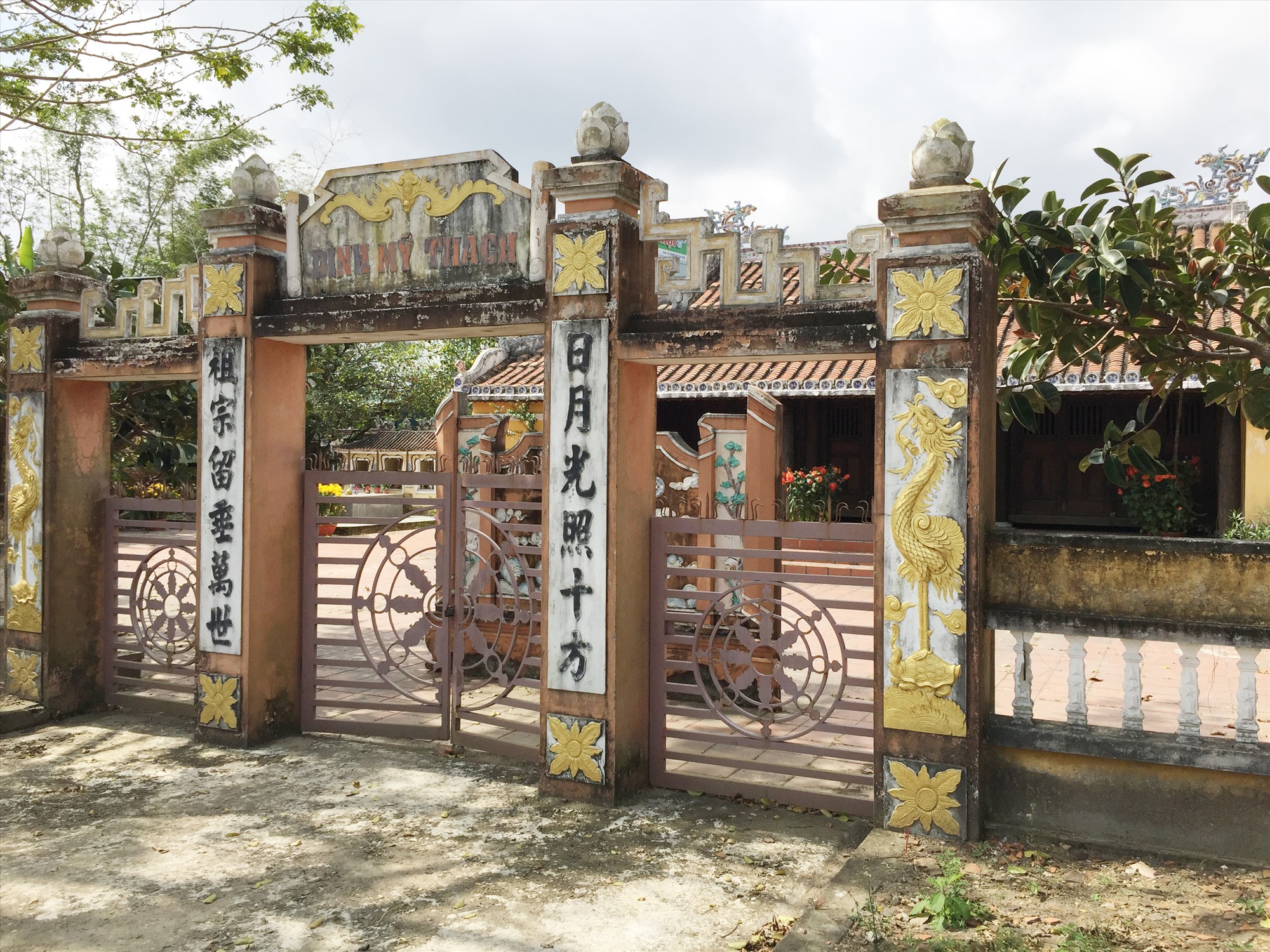
To the southwest are My Thach Tay and Tra Cai blocks in Hoa Thuan ward. In the past, this was the land of two villages, My Thach and Dong Yen, bordering Phuong Hoa village. In My Thach Tay, looking up from the railway, you can see many green areca gardens next to each other. Under the afternoon sun, the areca trees cover the rice fields, creating a unique scene that is rarely found anywhere else.
The name Tra Cai is associated with the name Da Dung - a nearby natural rock formation. Around that rock formation, there used to be a famous pineapple growing area. There used to be a Chien Dan pineapple farm, which included the entire Tra Cai area, established after the country's reunification. Today, in Tra Cai's home garden, you can still see the silhouettes of lush pineapple bushes, recalling the time when the "Chien Dan pineapple" product was famous throughout the province.
Arriving in the middle of Hoa Thuan ward - where Ba Mon land is located in the center of the ancient Phuong Hoa village - visitors will see many ancient temples surrounding Phuong Hoa communal house.
This communal house currently preserves the horizontal plaque “Thuong Dang Than” carved according to the decree of Minh Mang 7th year (1836) granting the tutelary god of Phuong Hoa village the title “Ham Hoang Quang Dai Chi Duc Thuong Dang Than”. Phuong Hoa is famous for making vermicelli; early in the morning, from the bamboo alleys all over the village, large baskets of vermicelli tied to bicycles are carried by women in the village to all over the city.
Next to the main roads in the north of the city in the old My Thach village area (now Tan Thanh ward) there is a temple named Ba Lai La. Ba Lai La is the name of a land located between My Thach and Doan Trai villages. It is not clear whether the temple worships the Cham goddess or the "Four Great Saints" according to the coastal beliefs of the Vietnamese? We only know that, according to oral tradition, this temple is very effective.
A place in this area that is also considered “responsive” is My Thach communal house located close to the bank of Ban Thach river. This communal house still preserves a pair of parallel sentences that describe the atmosphere of the village: “My tu huong yen phong nha van/ Thach dinh phung su vinh ton mou” (The incense smoke is fragrant, the village is elegant/ The communal house and temple firmly maintain dignity).
Opposite My Thach communal house, on the east and northeast banks of Ban Thach river is Doan Trai block, Tan Thanh ward. In the past, this was a separate hamlet named Doan Trai. During the Nguyen dynasty, this hamlet was under An Thai commune of Thang Binh district because this land was first reclaimed by the people of An Thai commune in the north. They followed the river here to plant water coconuts, fish, then reclaimed the wasteland along the bank, establishing a locality.
Coming to Doan Trai, in addition to the vestiges of the water coconut areas along the river, there are also chuom (tree groves placed in the middle of the river for fish to hide) that annually harvest a lot of fish. At the end of Doan Trai village is the Nhong field. Every night, the lights illuminating the fish and the sound of the boat knocking on the side create an old light and sound reminiscent of a quiet time when "the village had not yet become a city".
Following the Ban Thach River to the east, to the confluence of the Tam Ky River is the end of Huong Tra Hamlet. This was a stopover for coastal residents of Thanh Hoa who came to Tam Ky to settle in the early 17th century.
Parallel to the Tam Ky River branch to the southwest is the trace of an ancient river branch - now a field located between the Huong Tra Dong, Huong Tra Tay blocks and the Huong Son block of Hoa Huong ward. The alluvial land of Huong Tra used to be planted with many sua and cua trees to keep the soil from being eroded during the flood season.
The Sua tree road and Cua garden of Huong Tra are already very famous; but in this area, besides Huong Tra communal house and Giay Thay Lanh’s tomb, which are well known, there is a custom that few people know. That is, when cutting down a Sua tree or a Cua tree stump, it is necessary to replant a Sua branch or a clump of Cua roots, called “returning the root”. This custom has been closely linked to the water control of Huong Tra hamlet for generations, and the story of the “dammed road” blocking the Tam Ky river is a proof.
Source


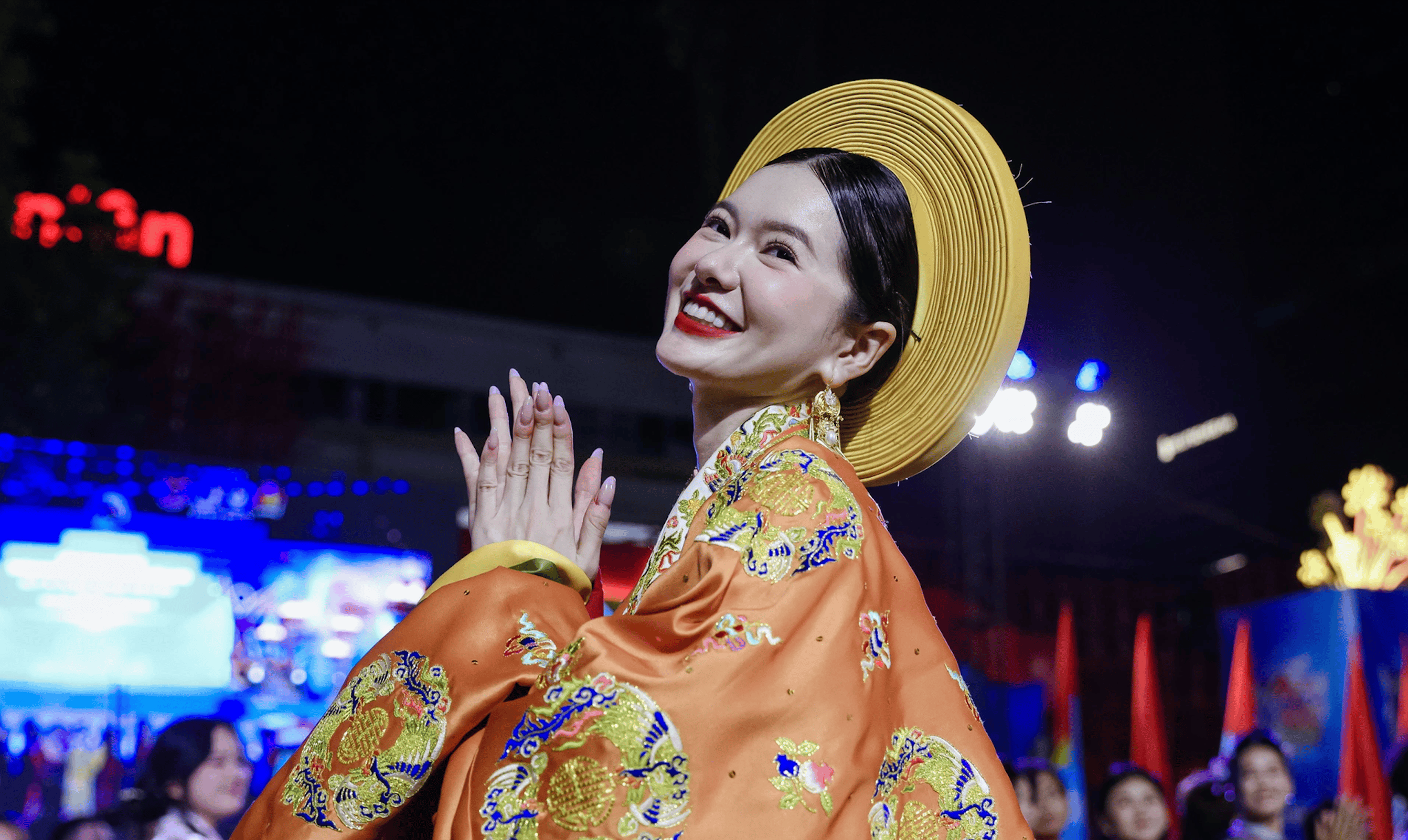




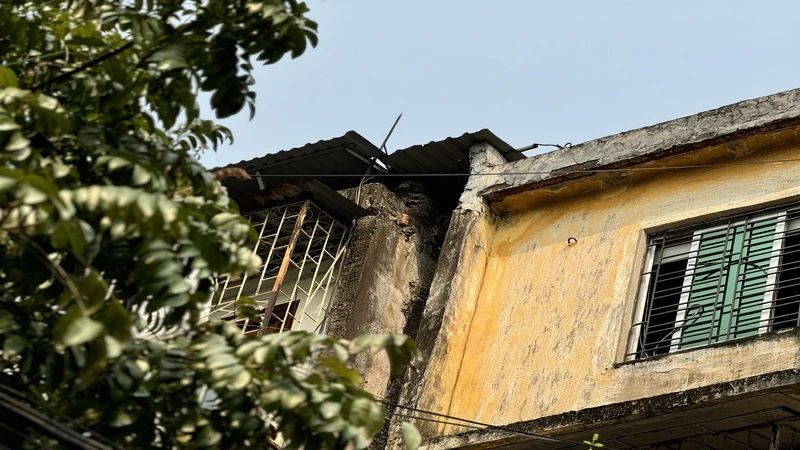
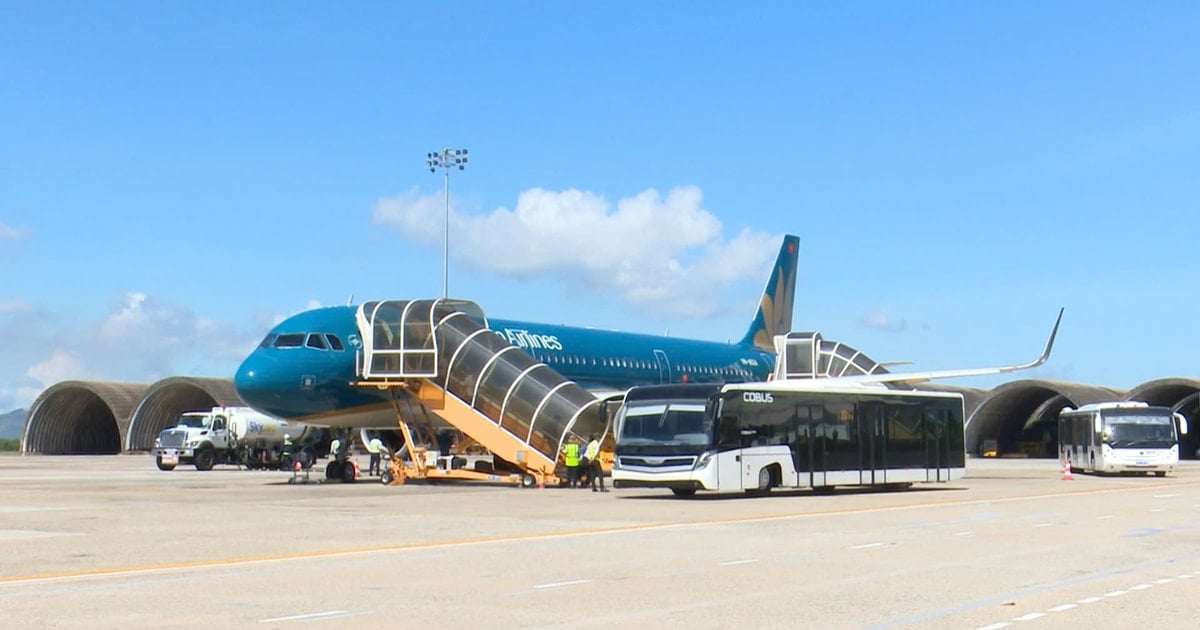
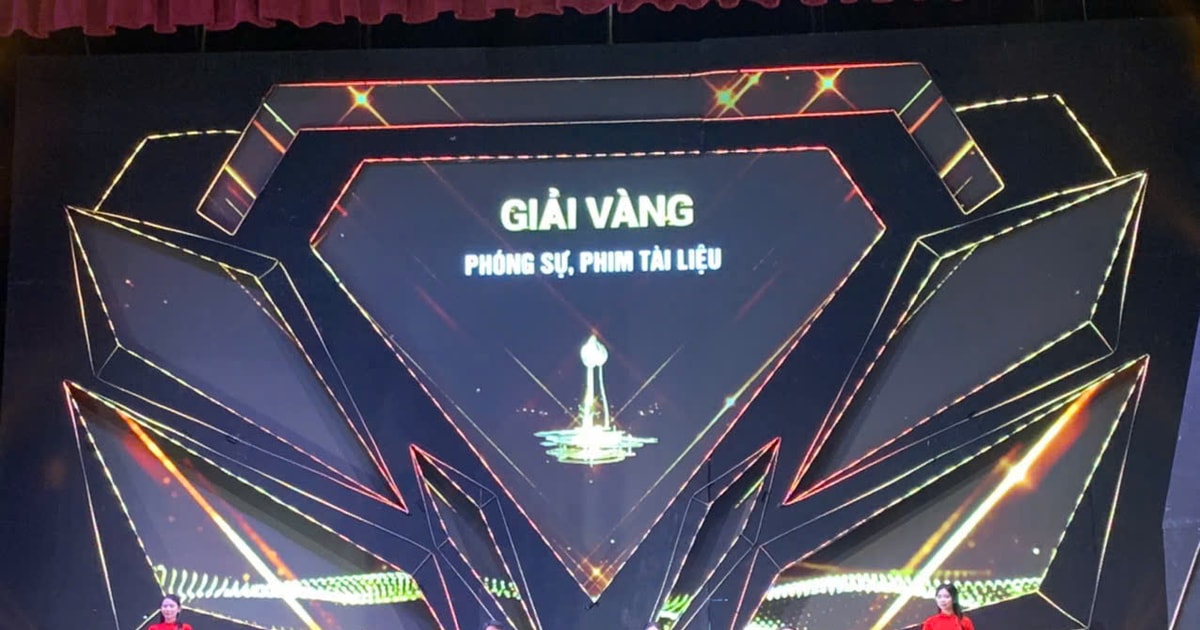
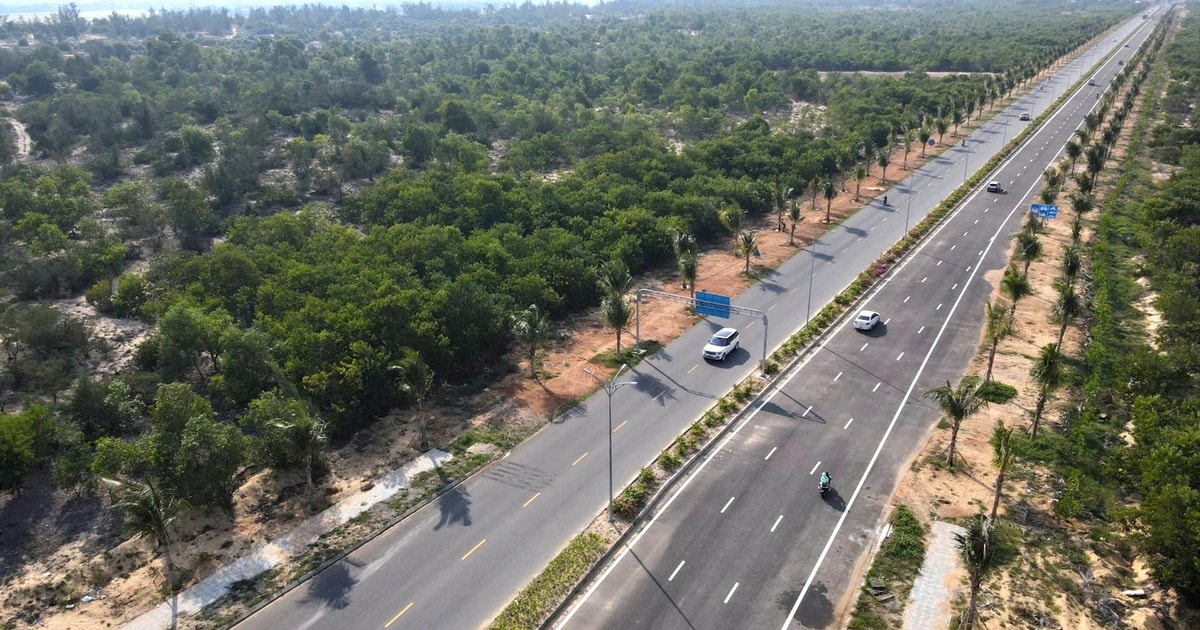
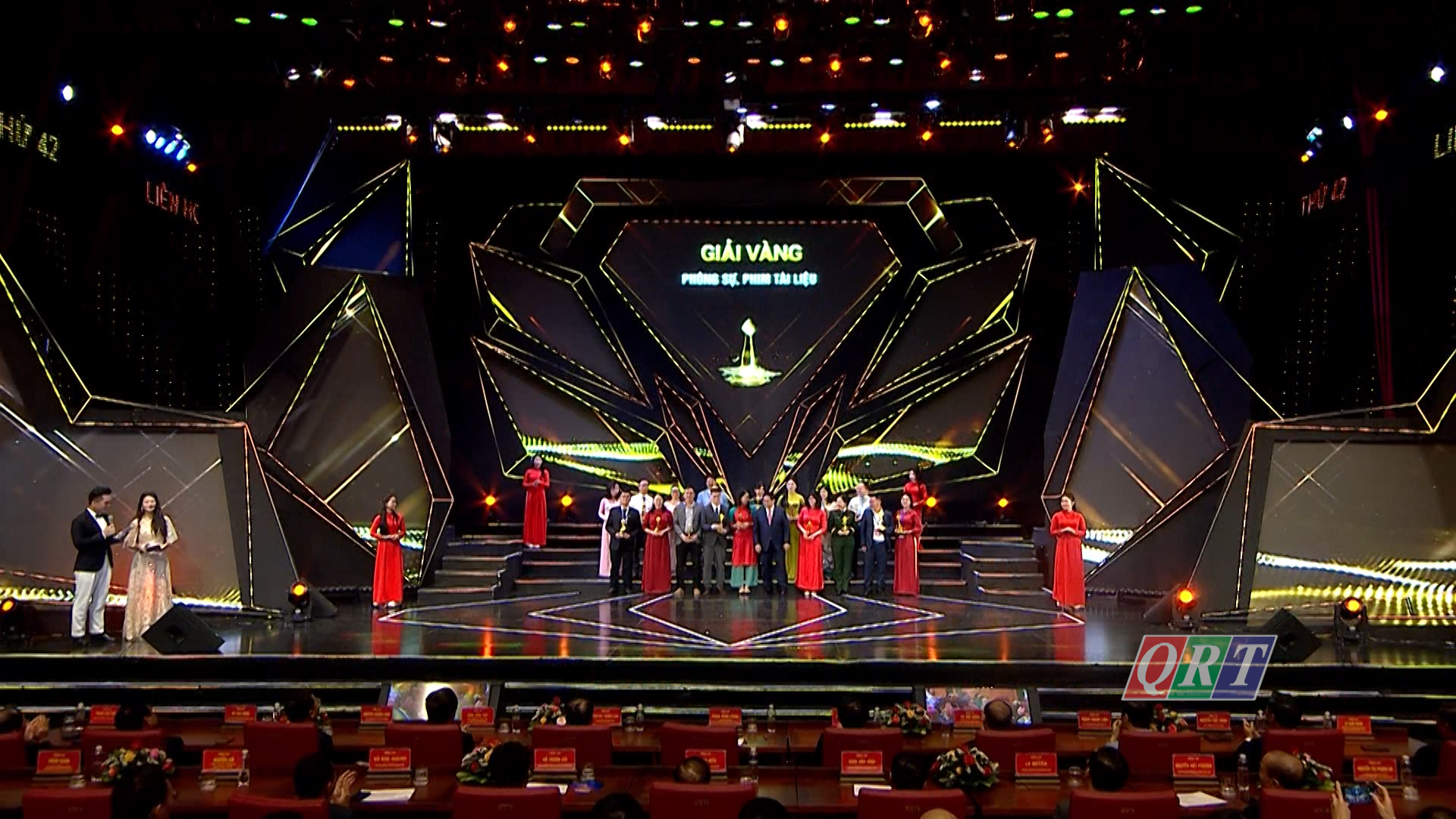

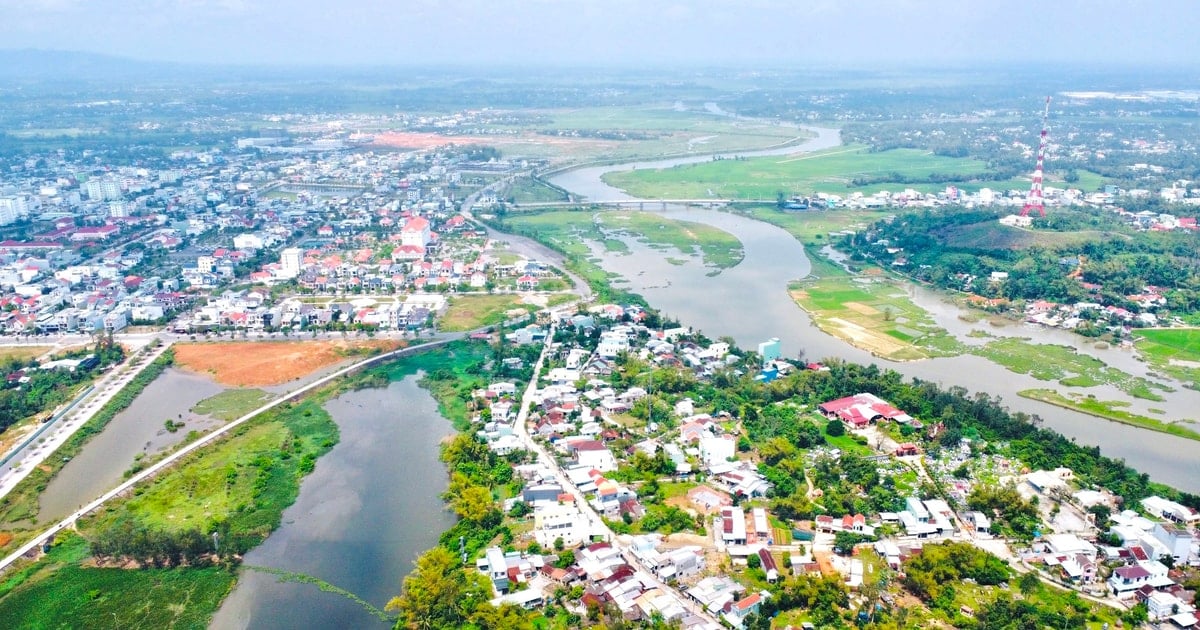

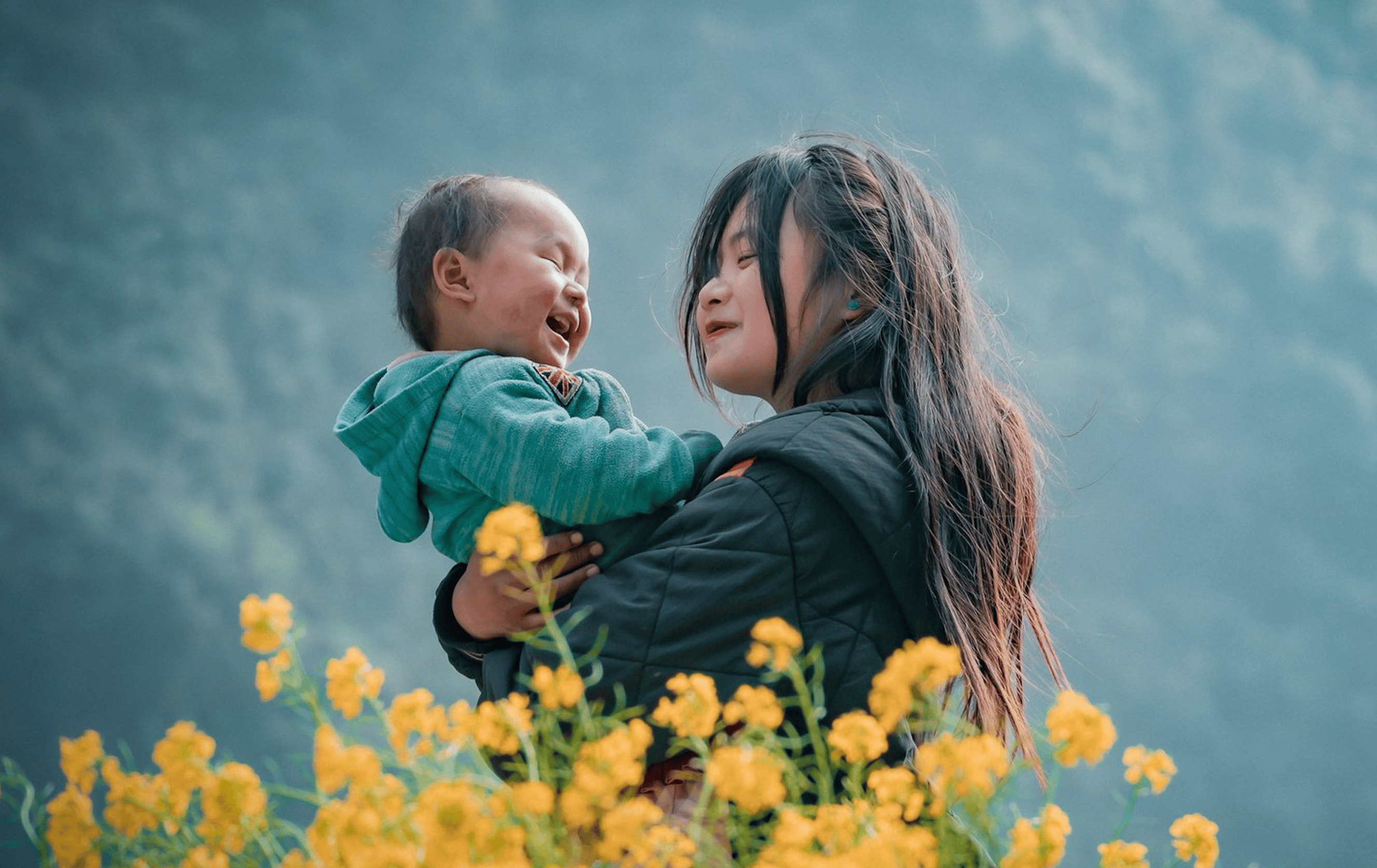
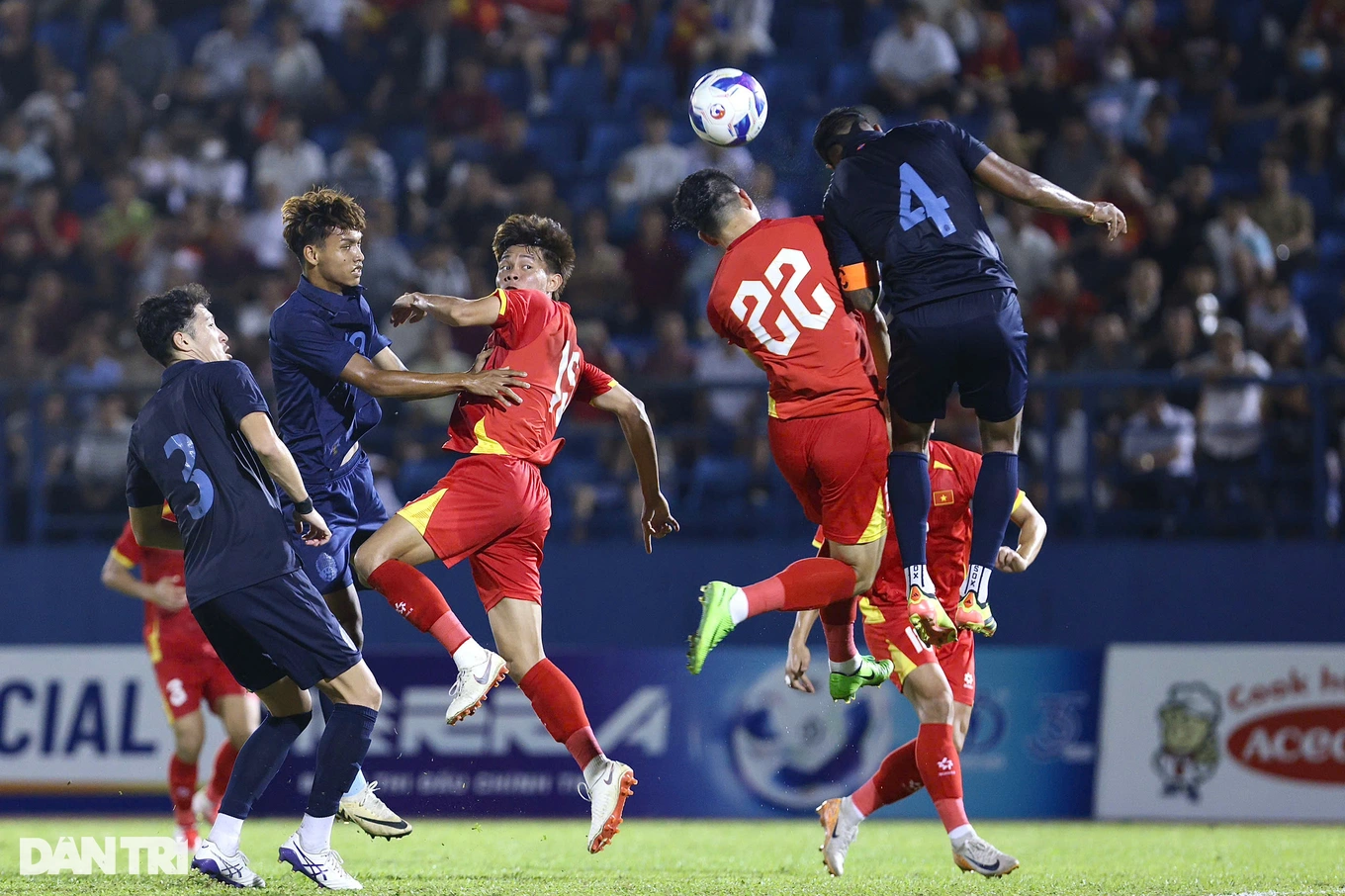
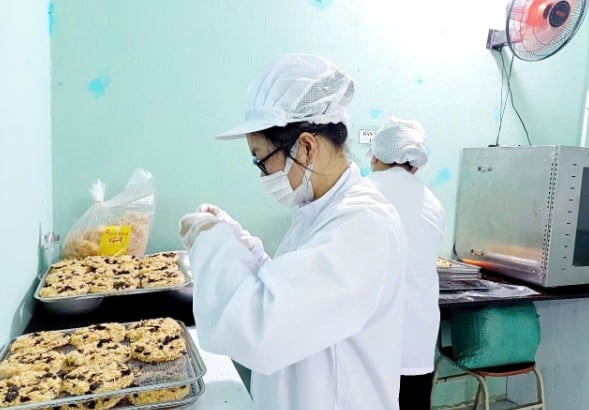
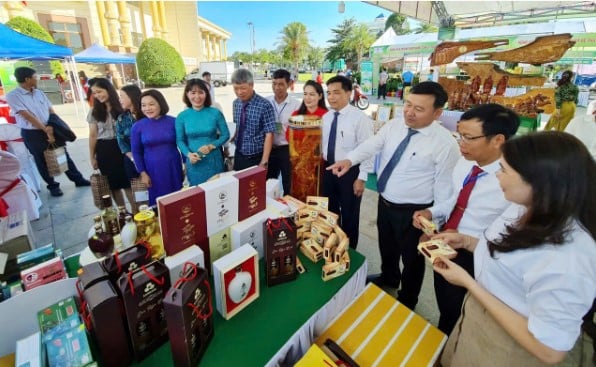
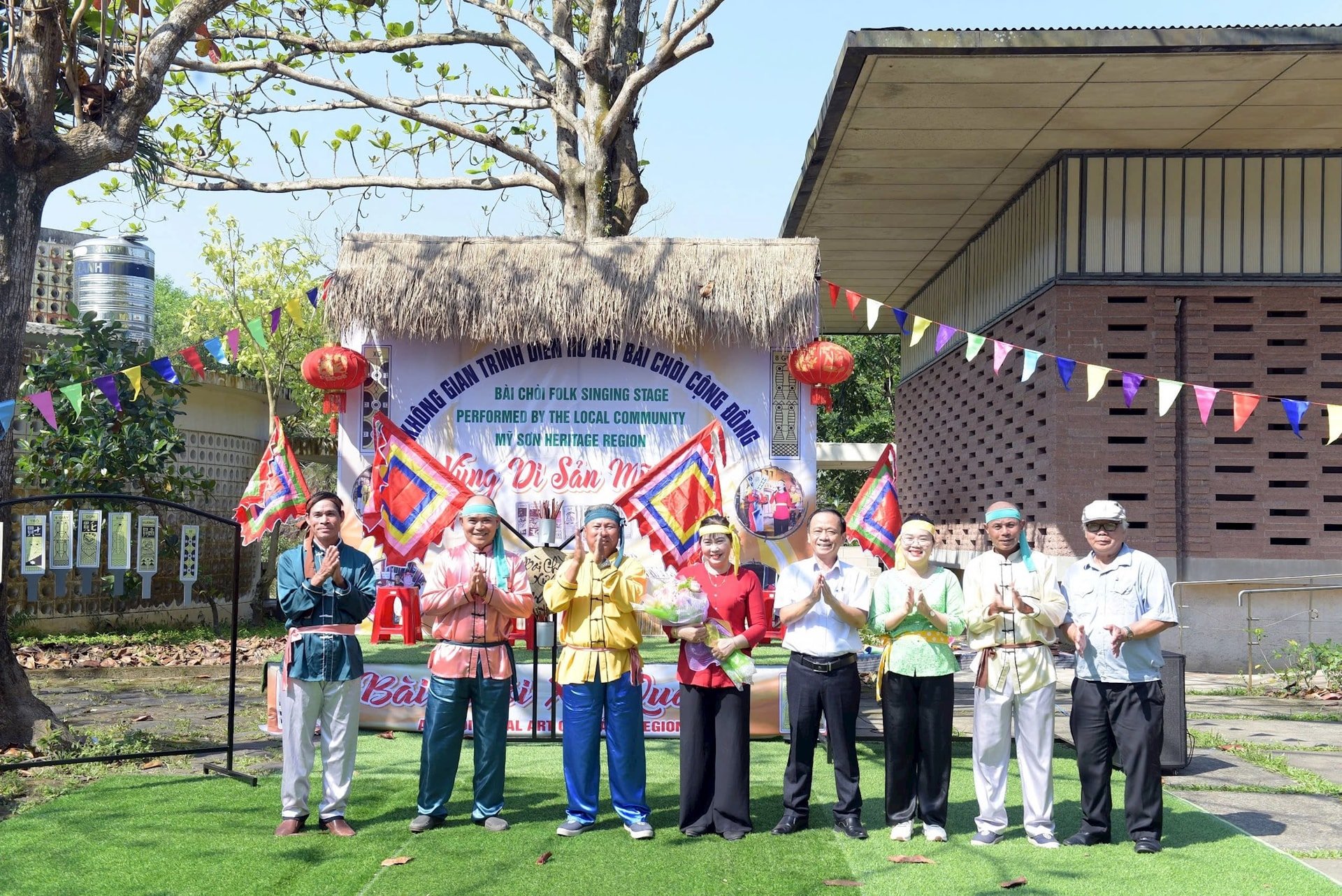
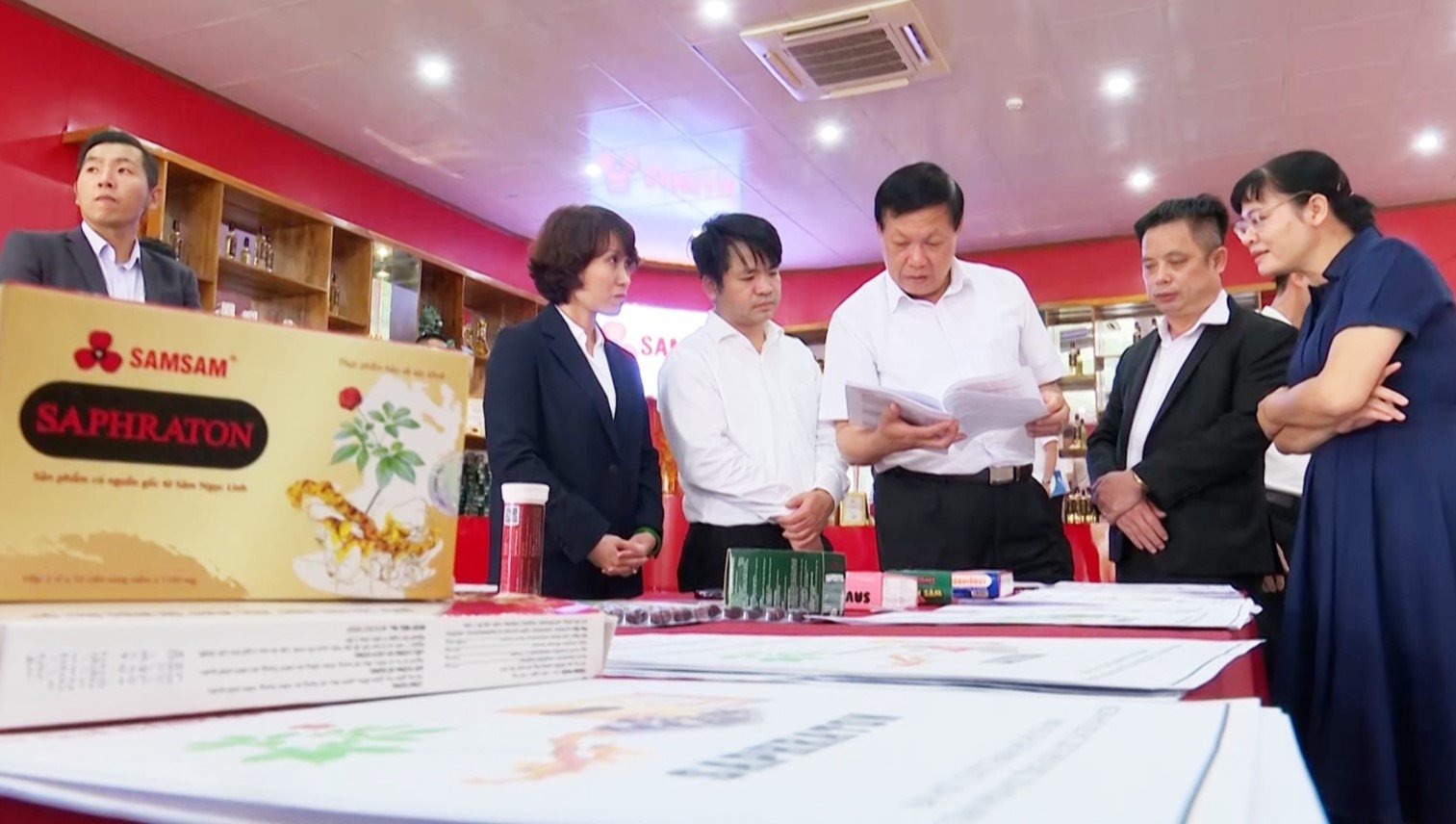
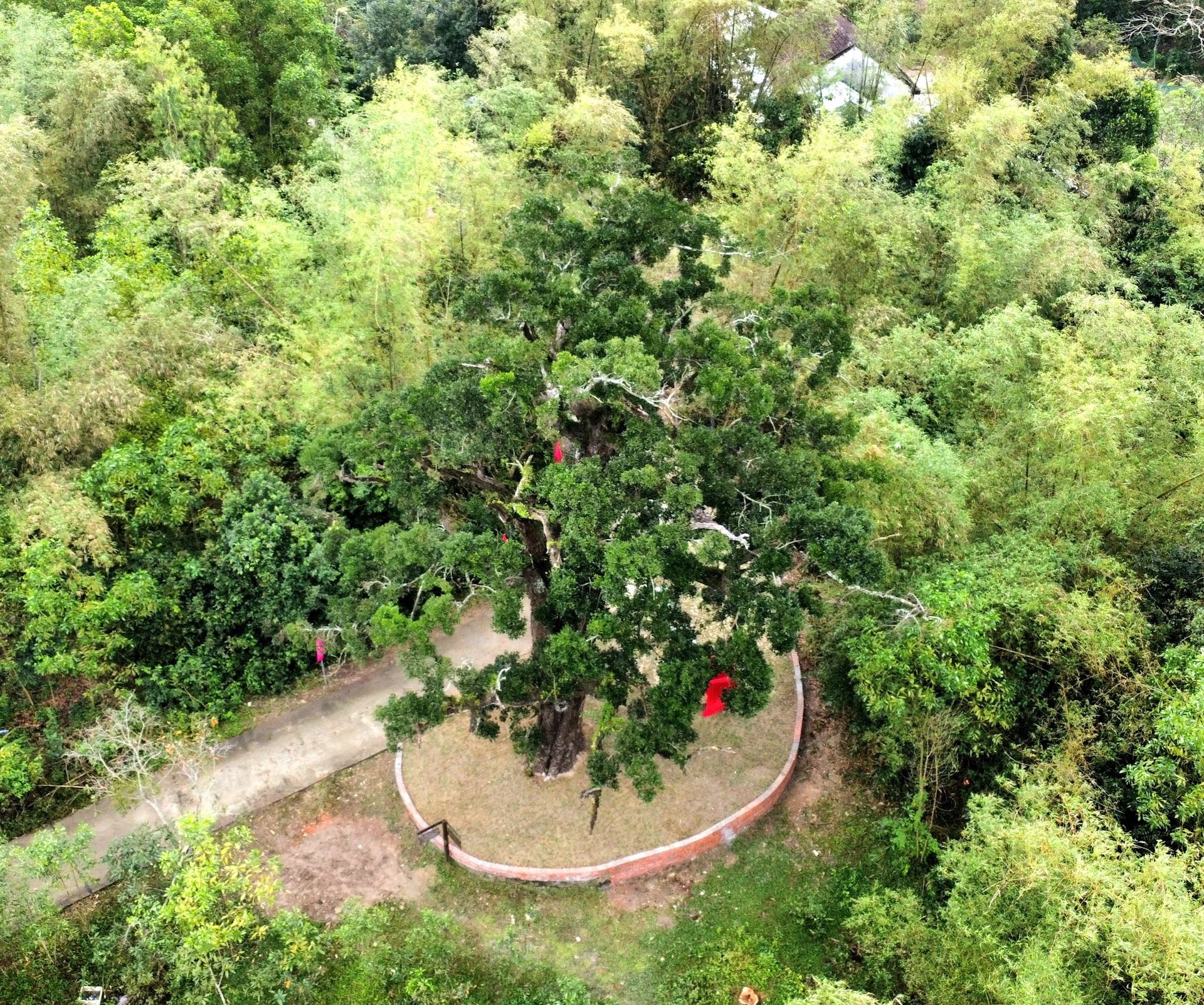
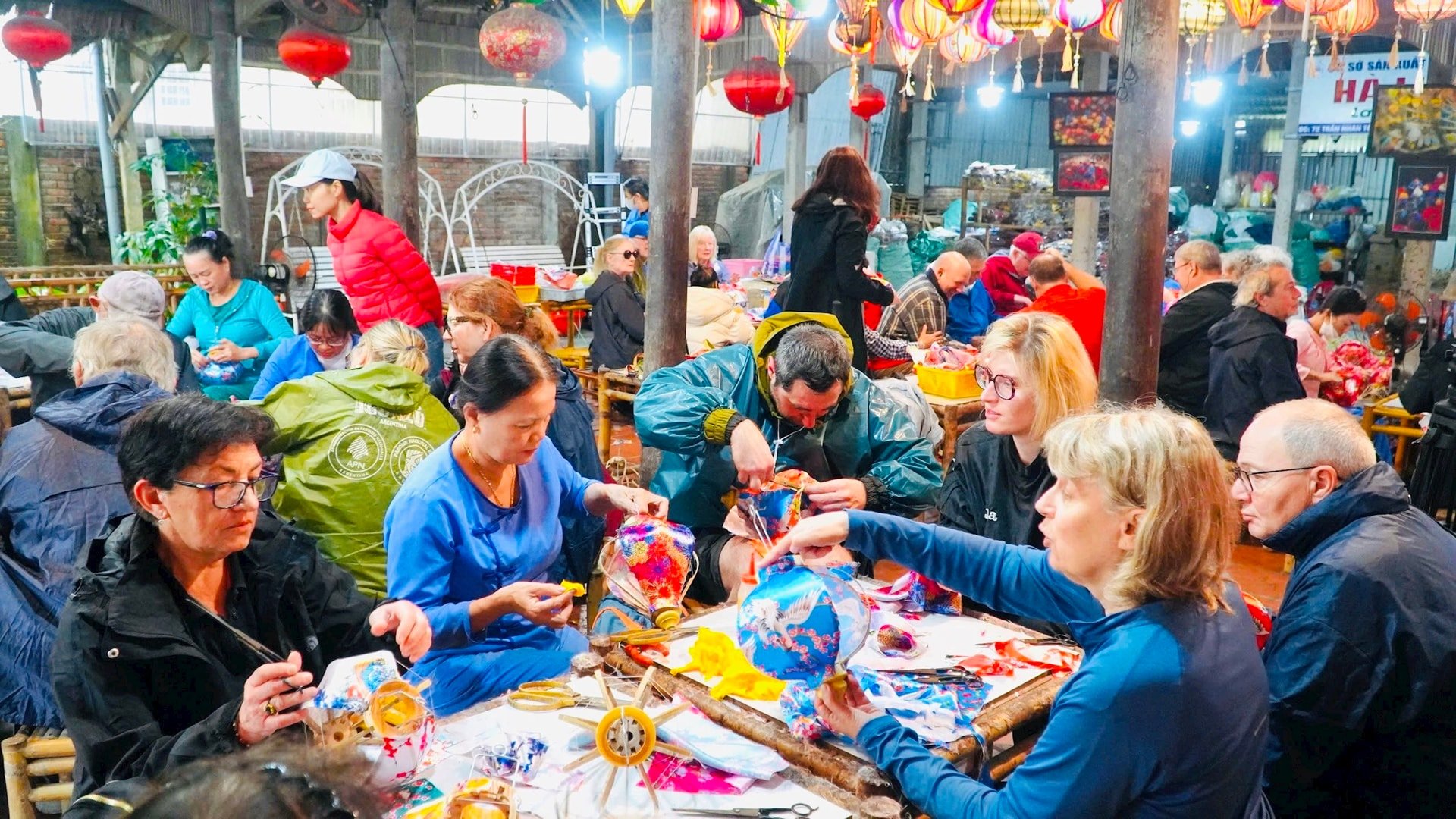
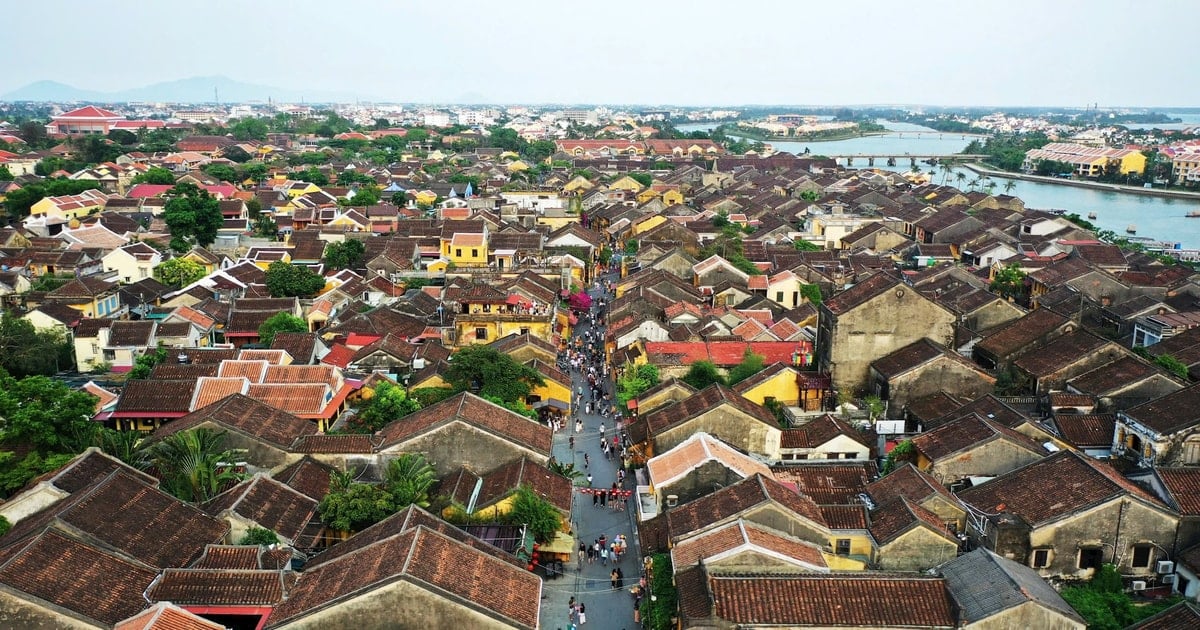

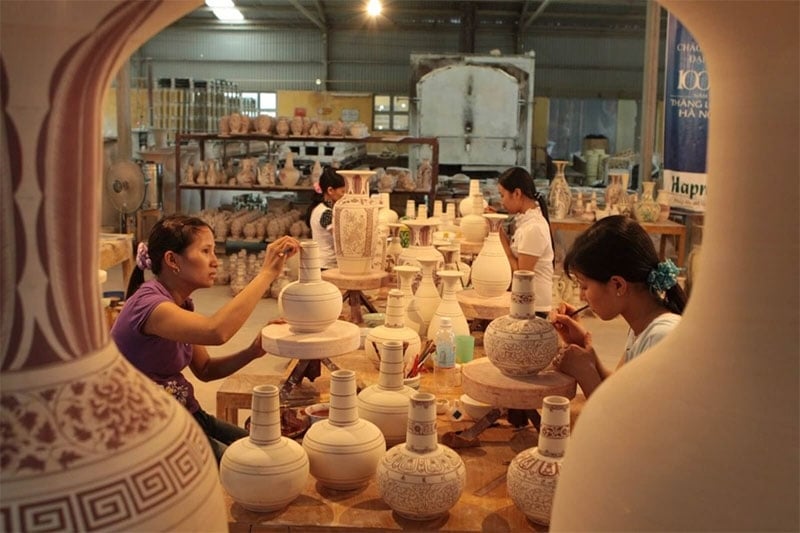

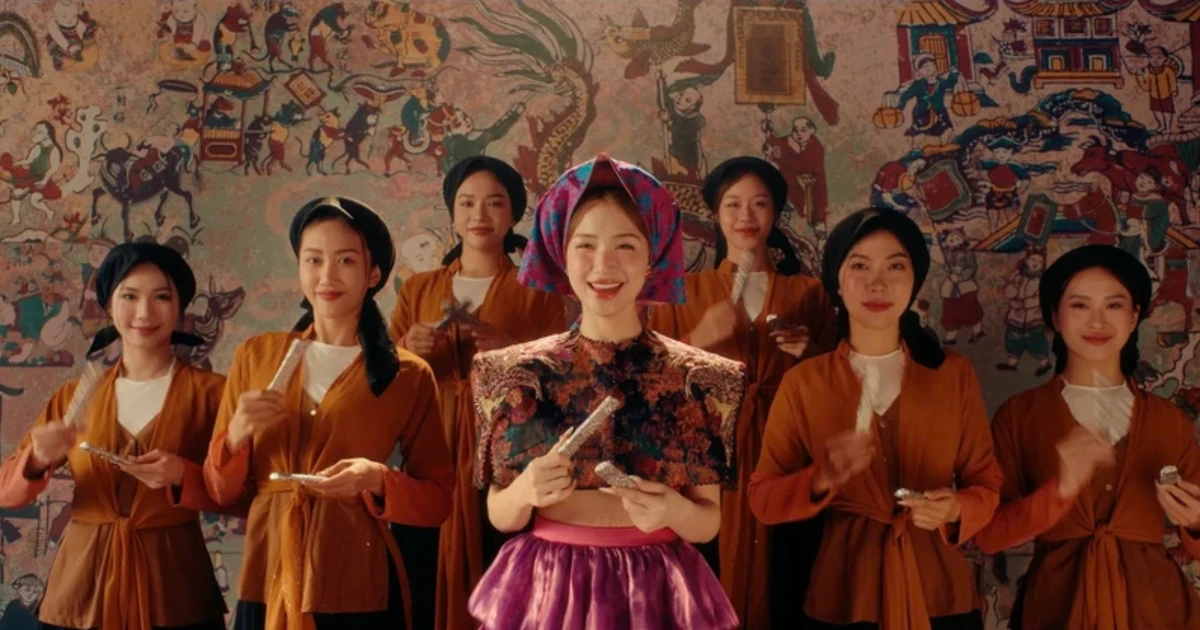

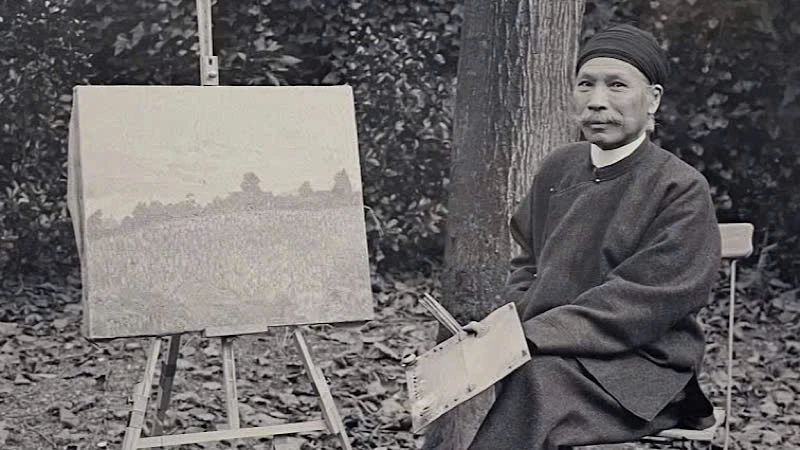
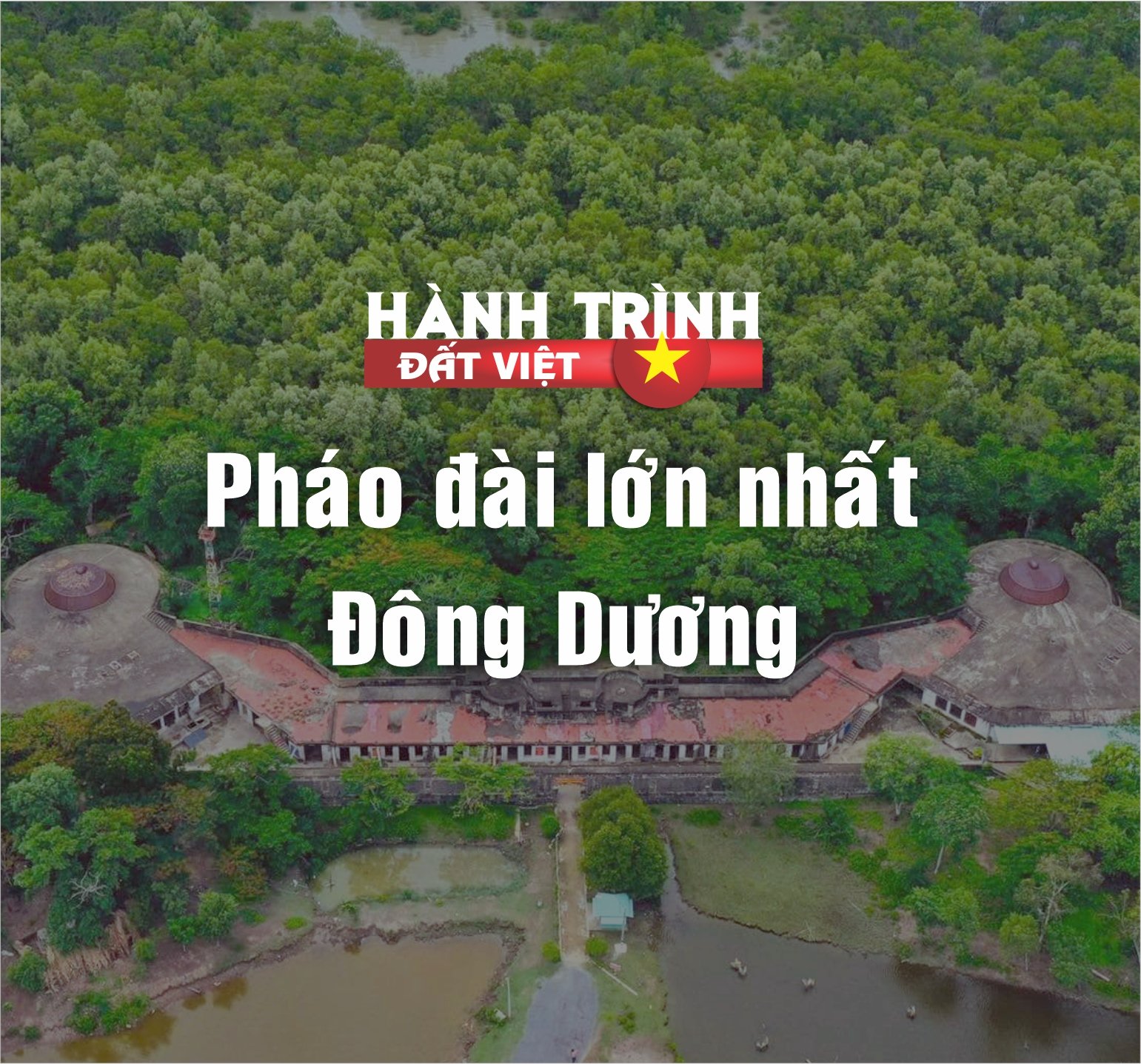

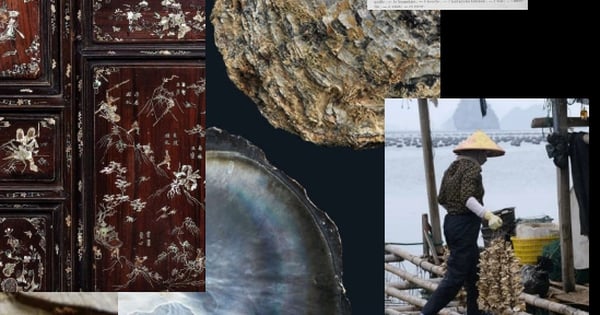

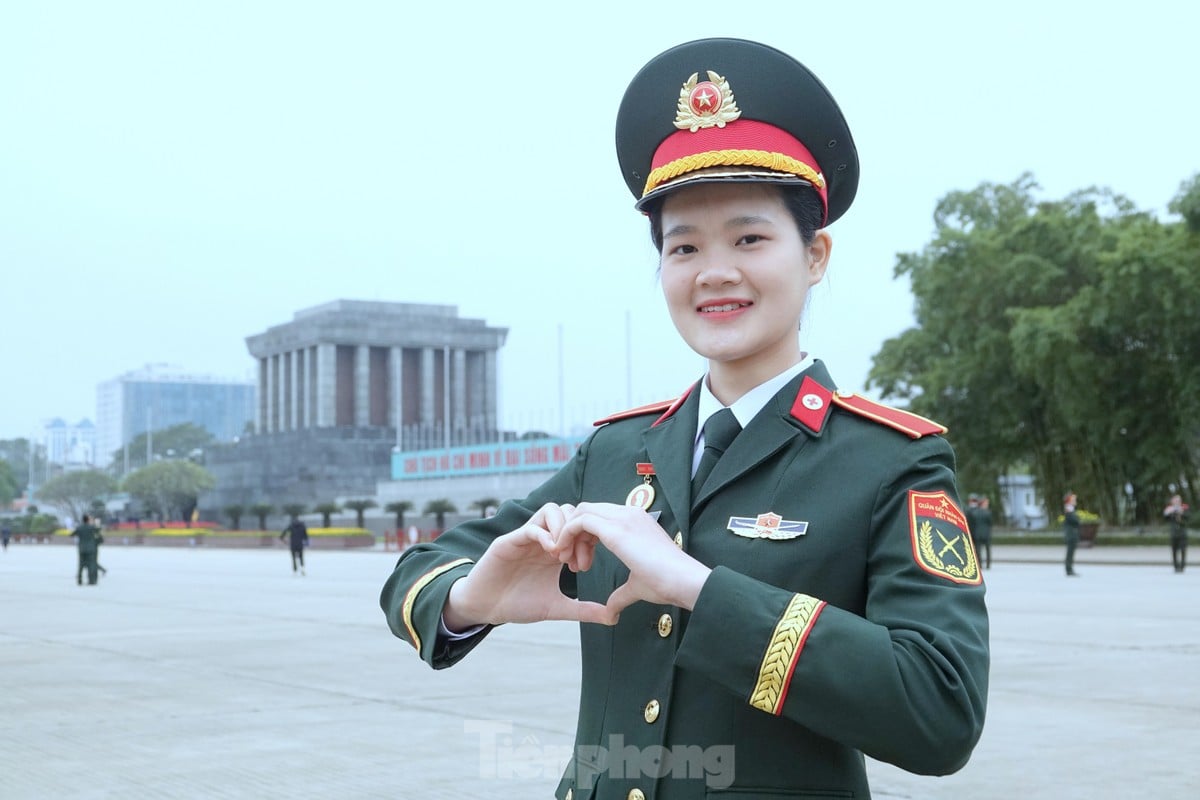

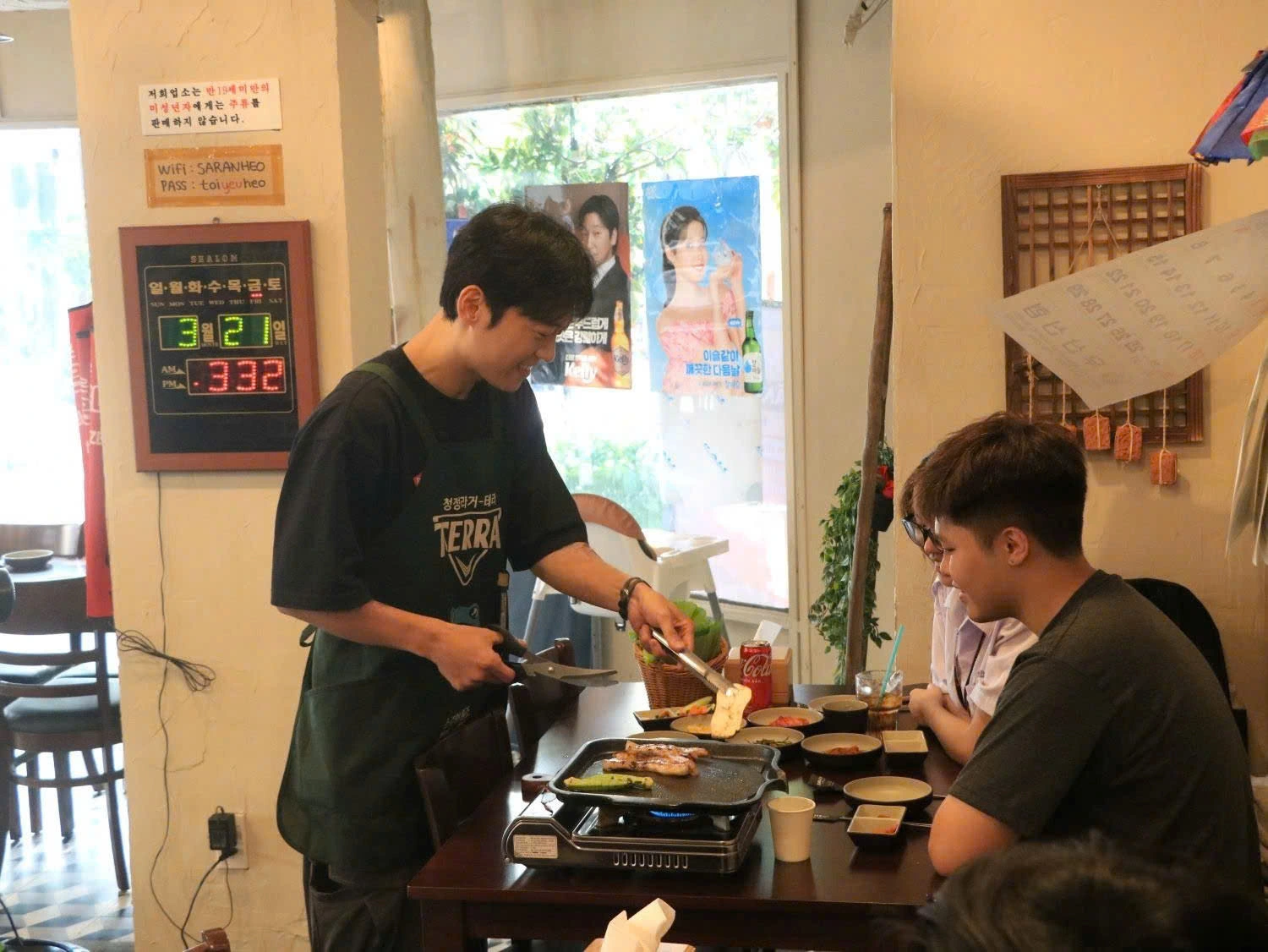

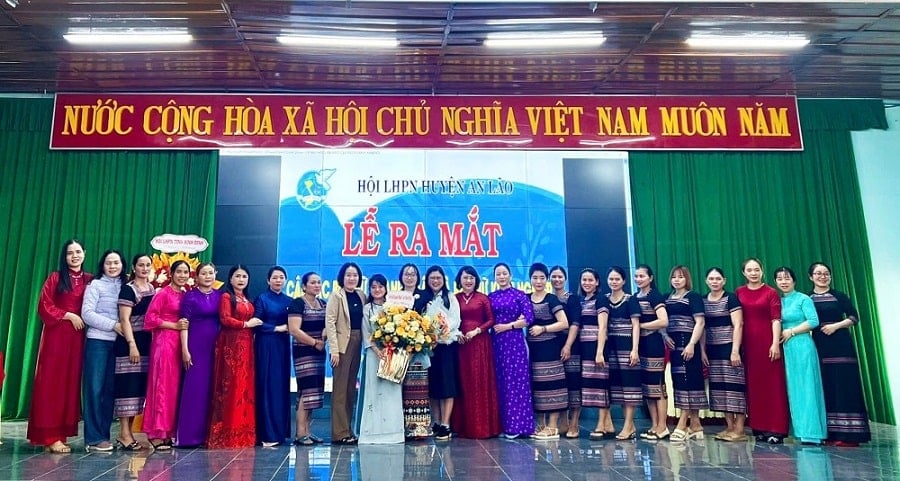

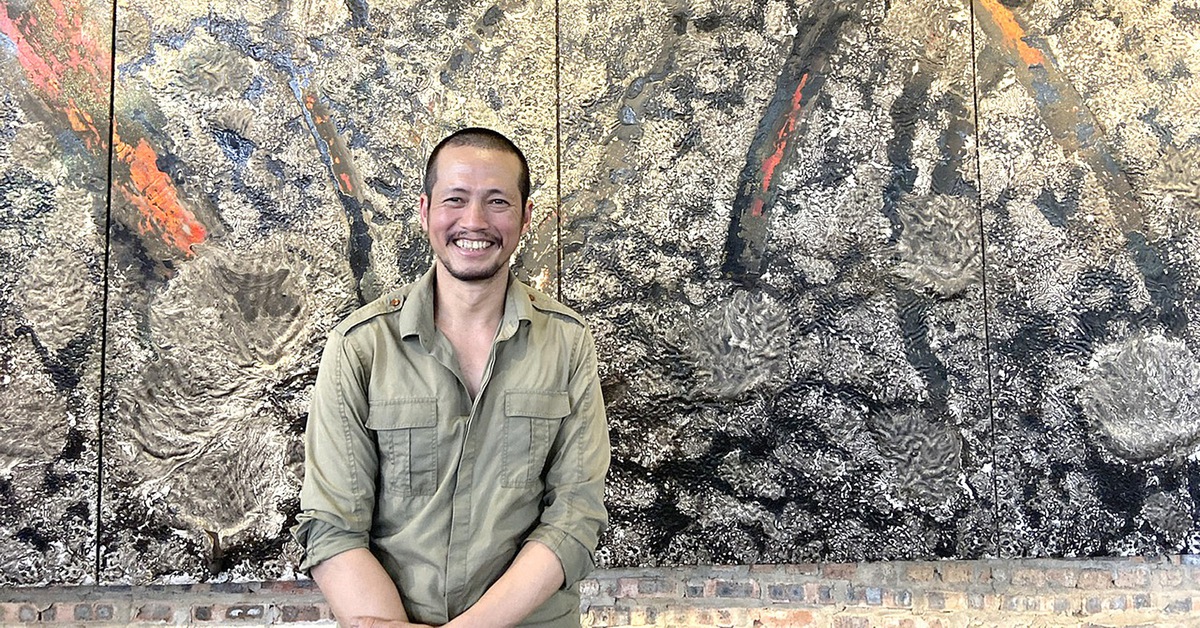


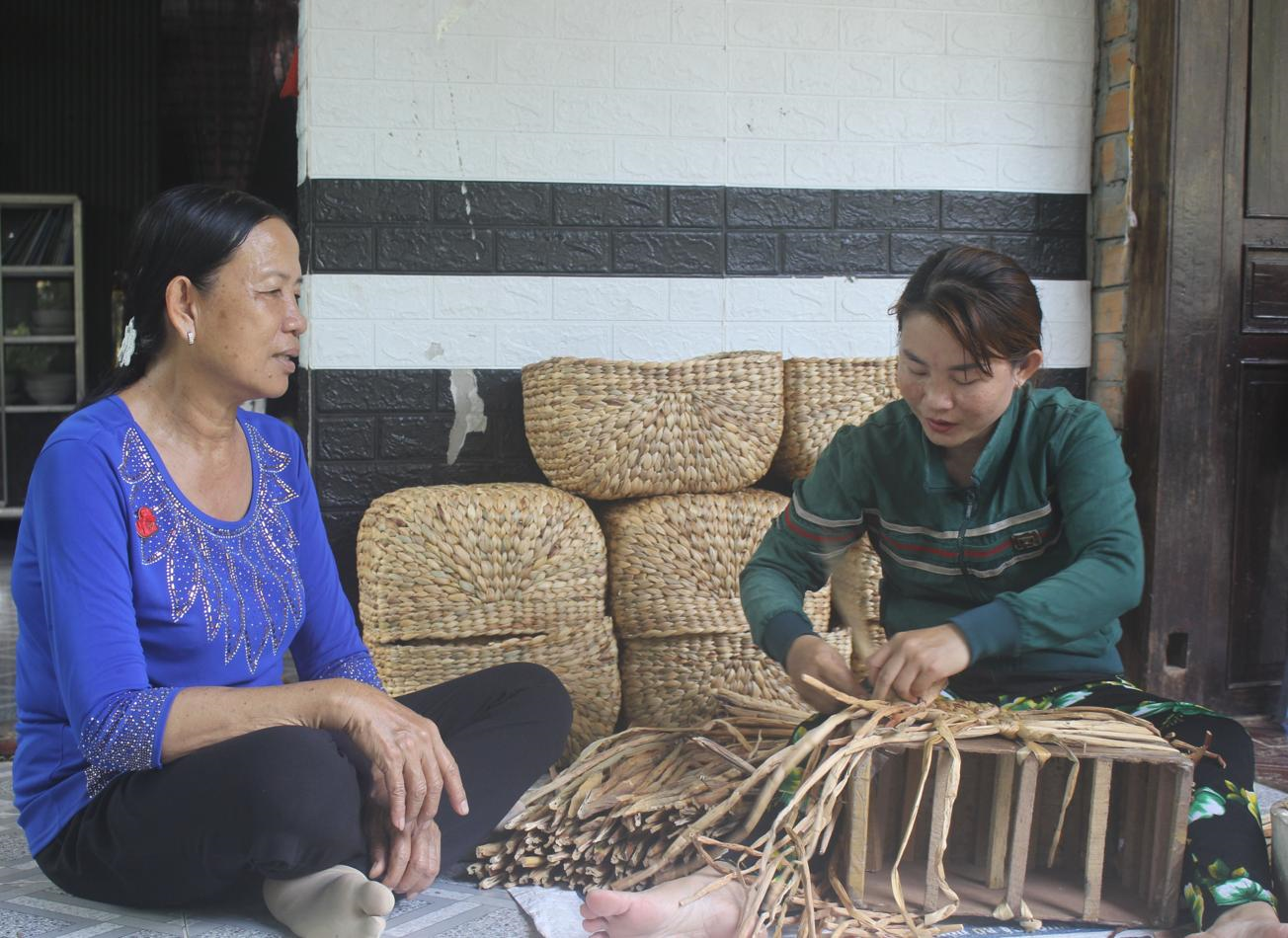







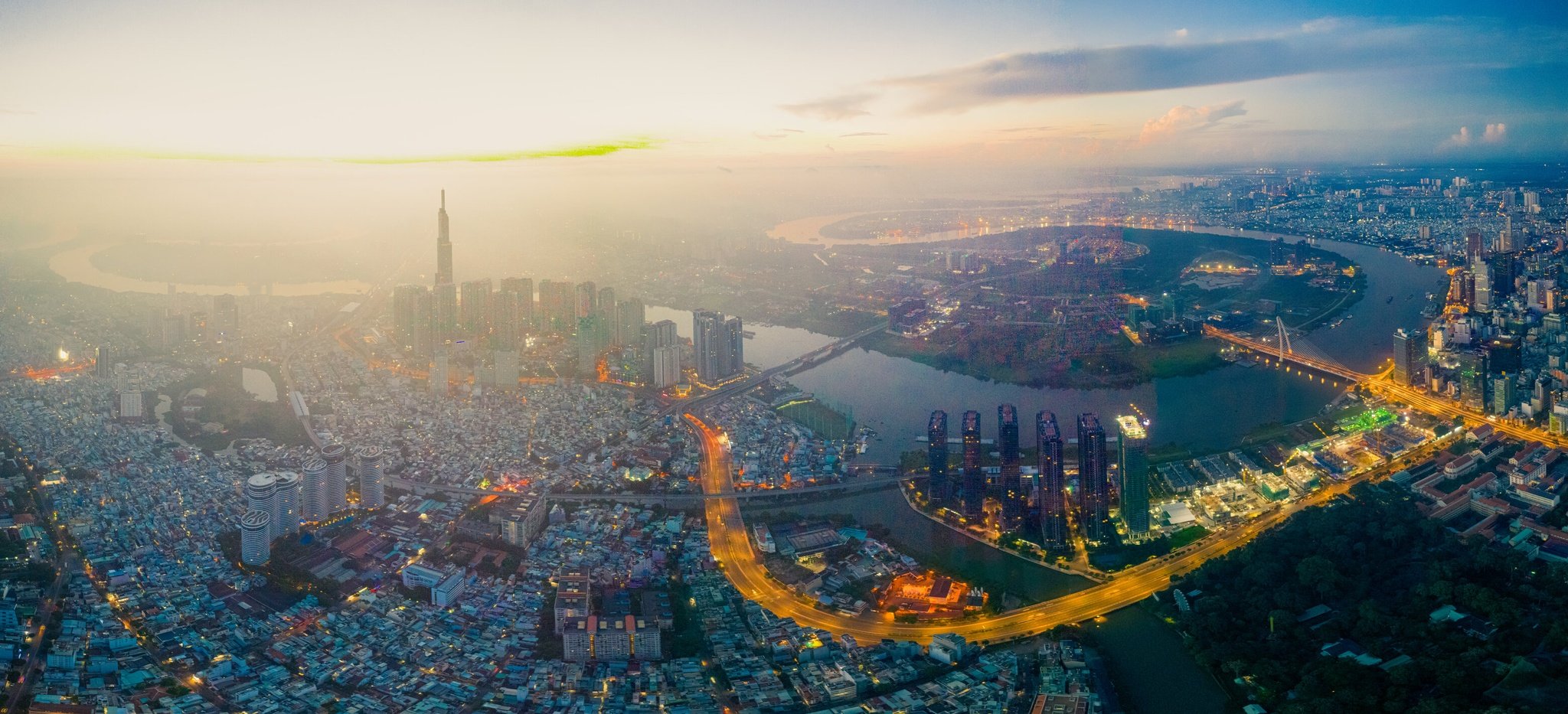
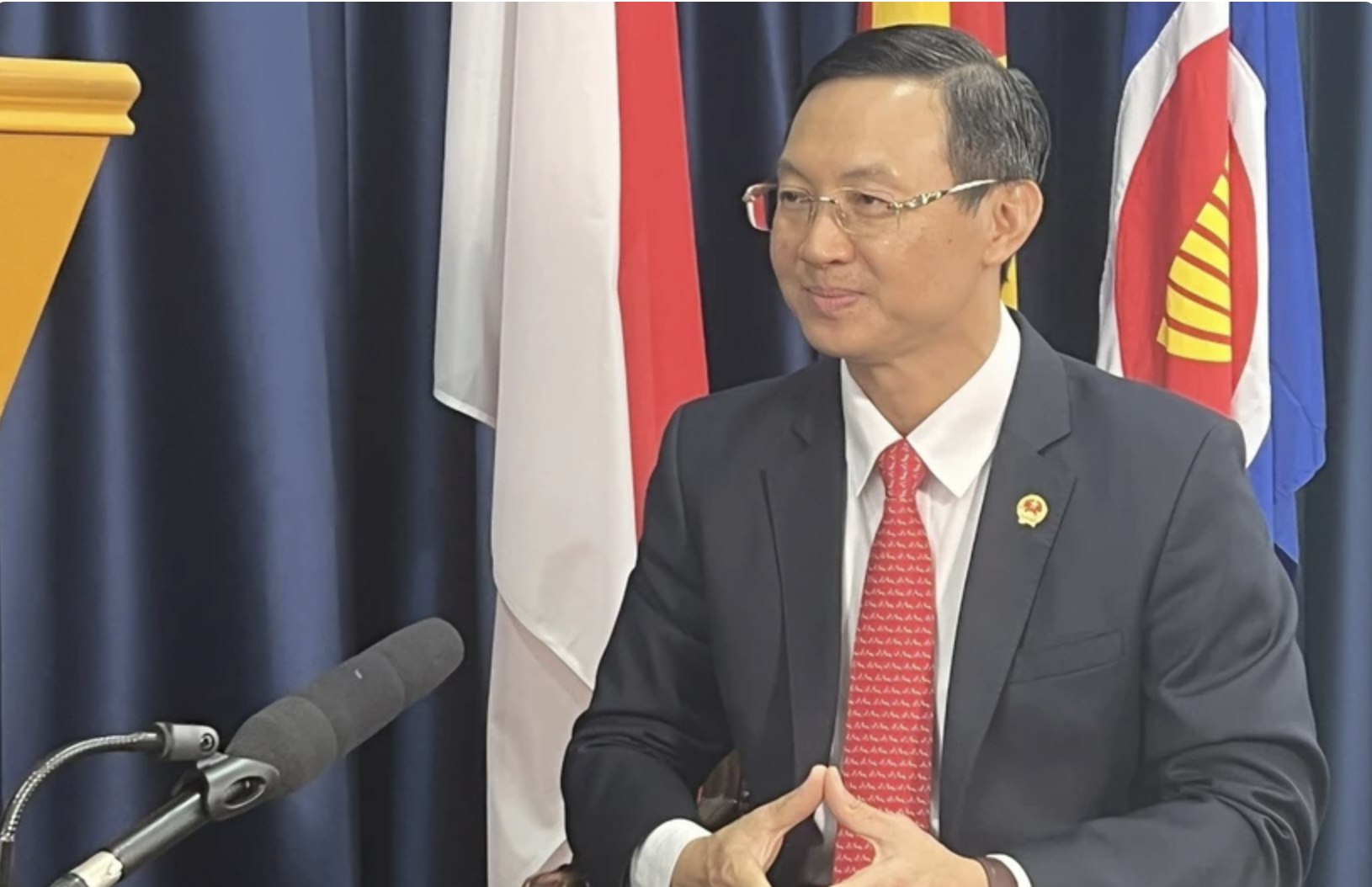

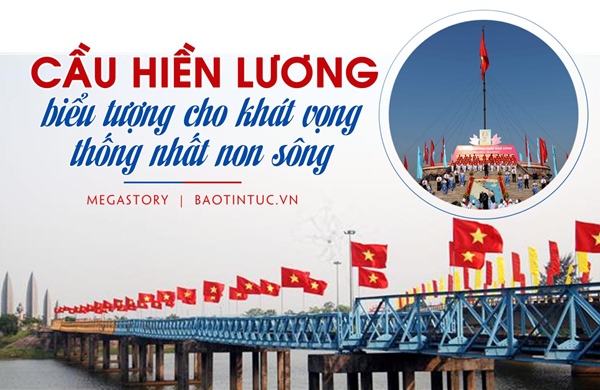





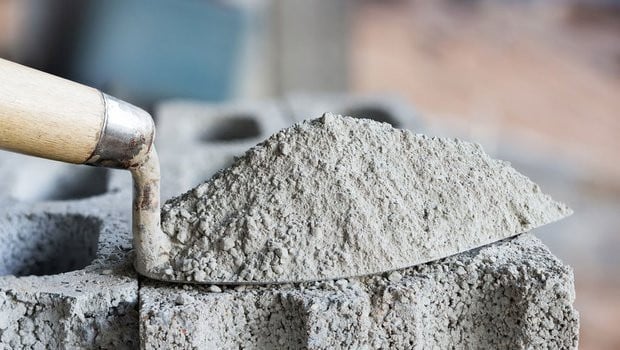


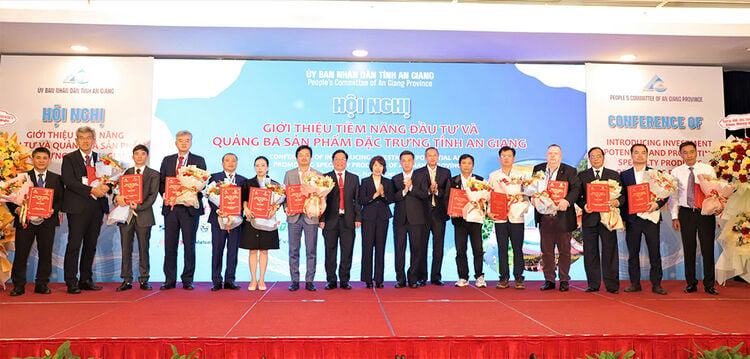
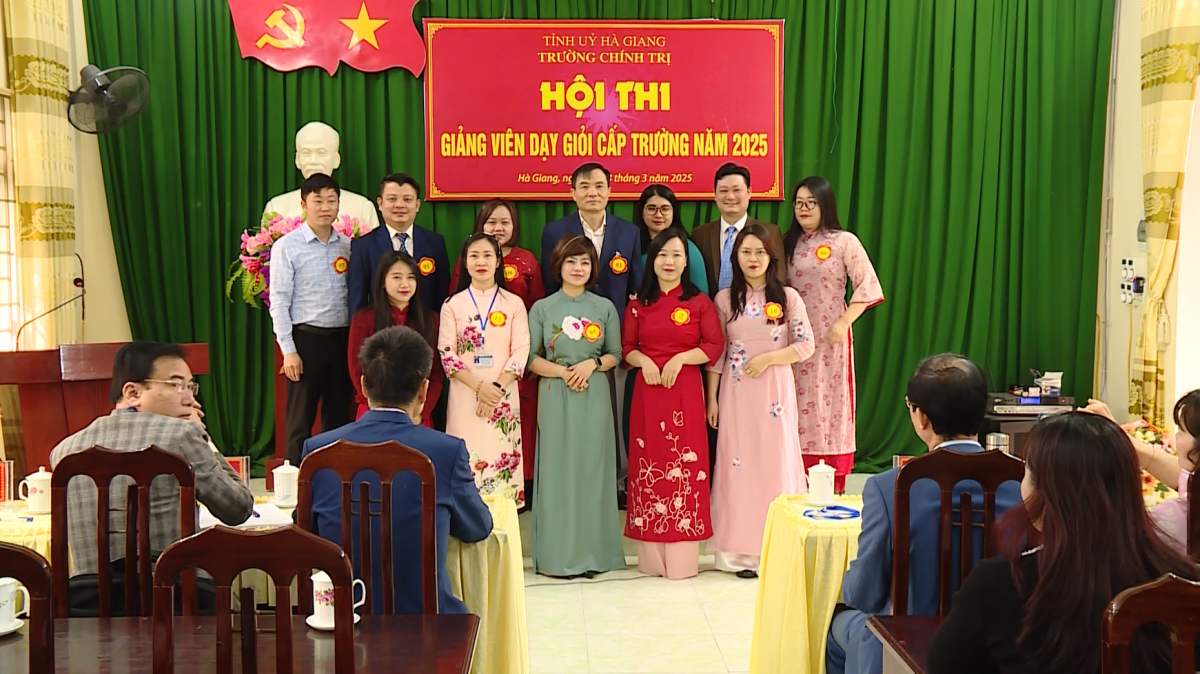
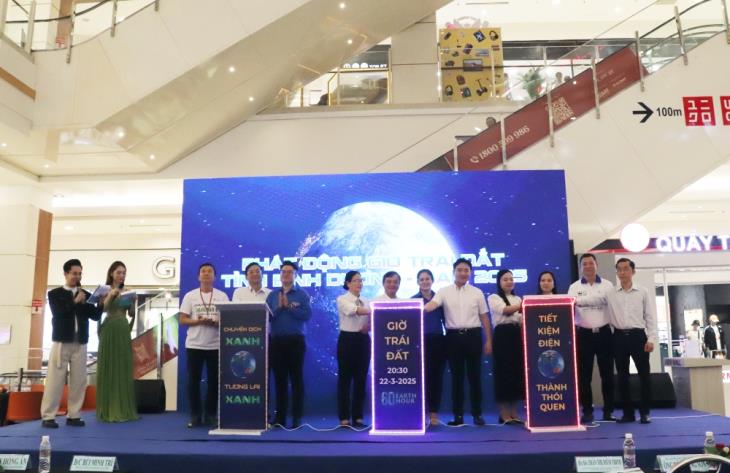
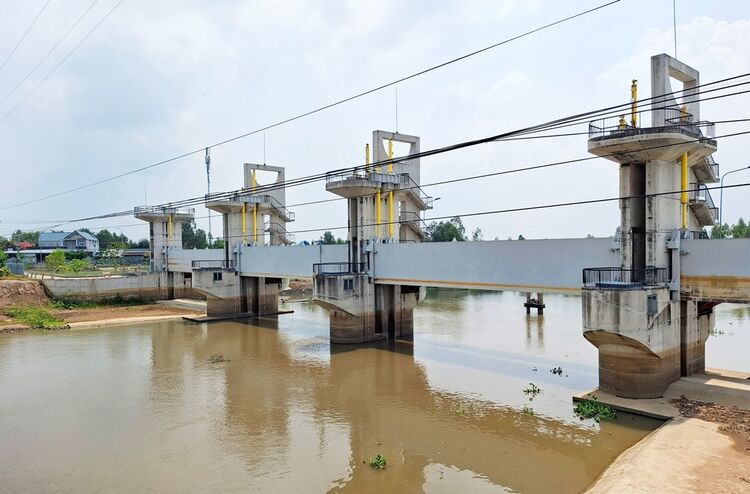
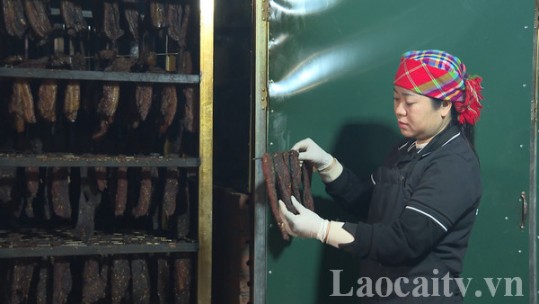
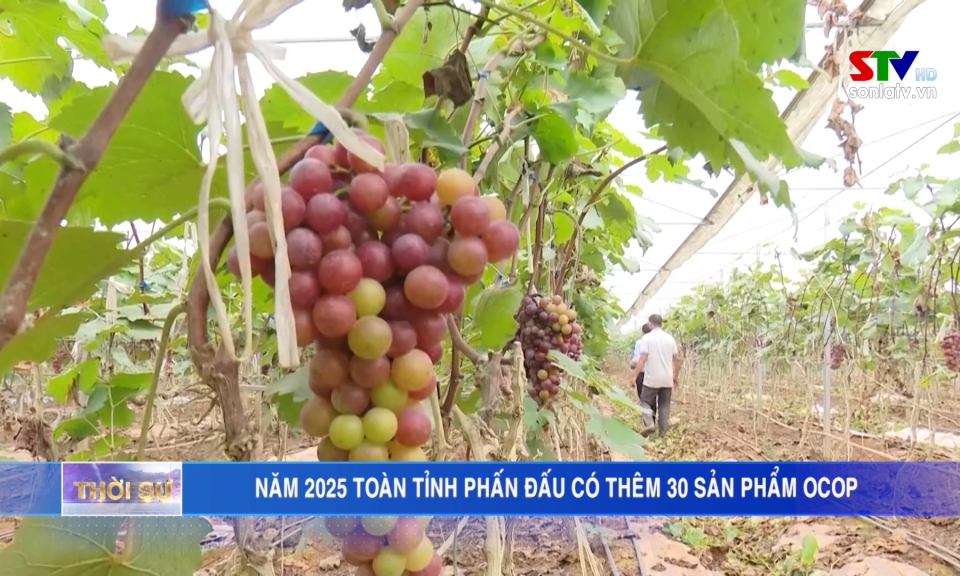
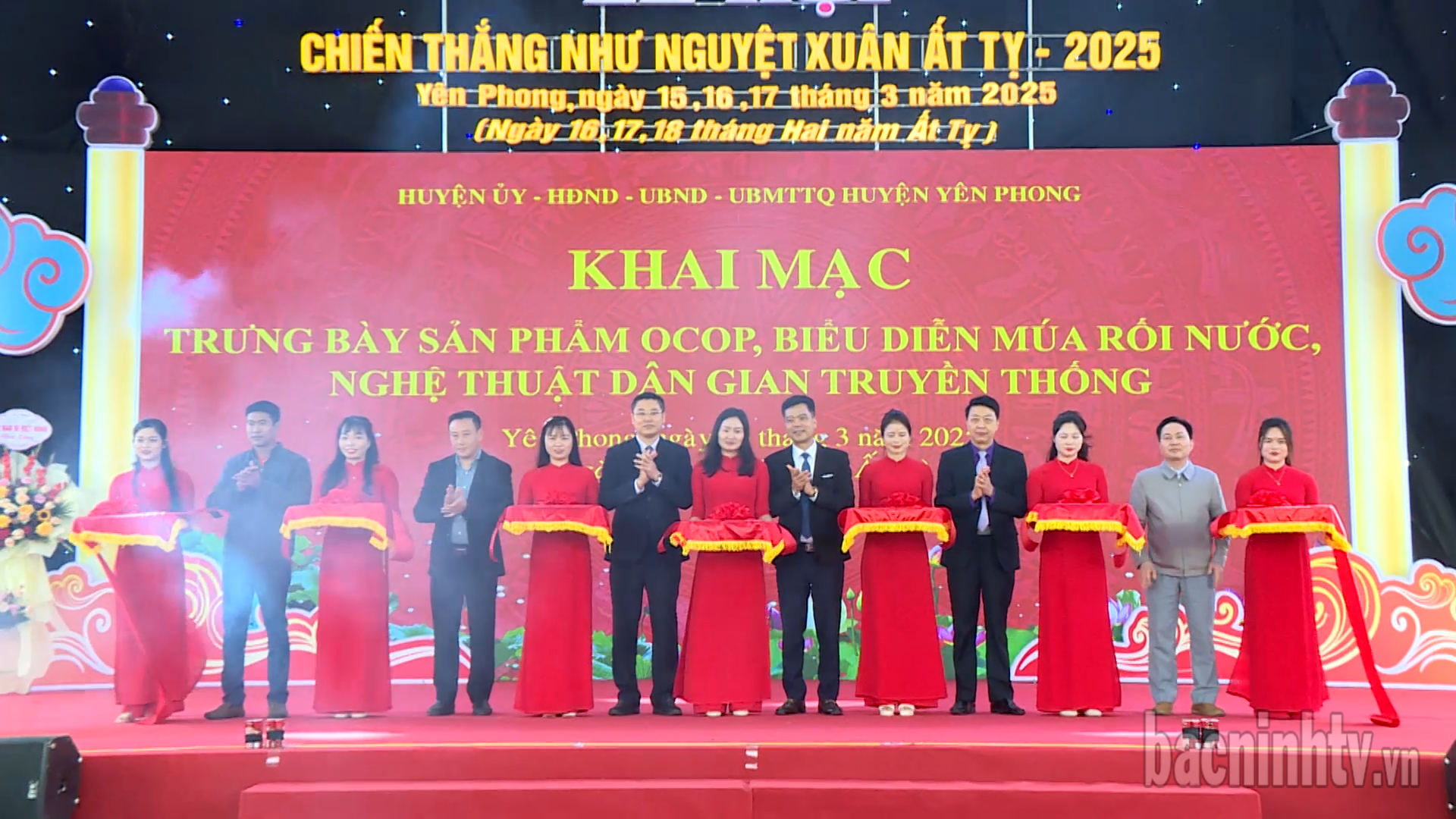
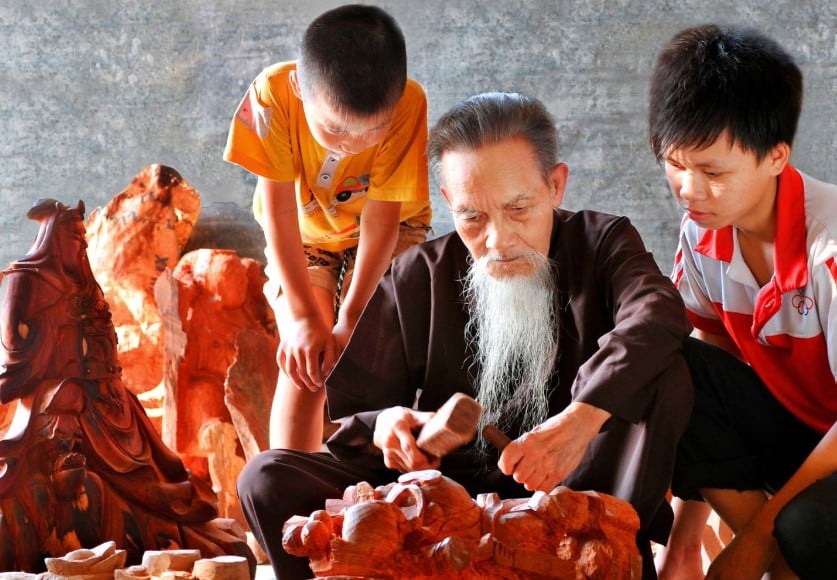
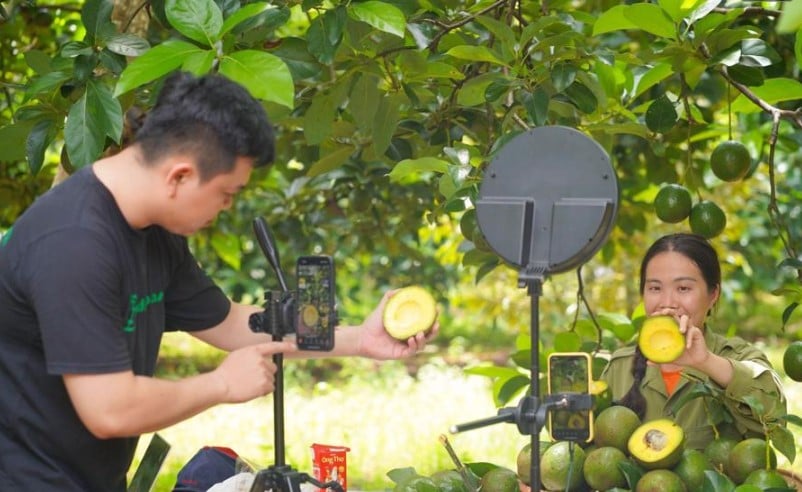
Comment (0)